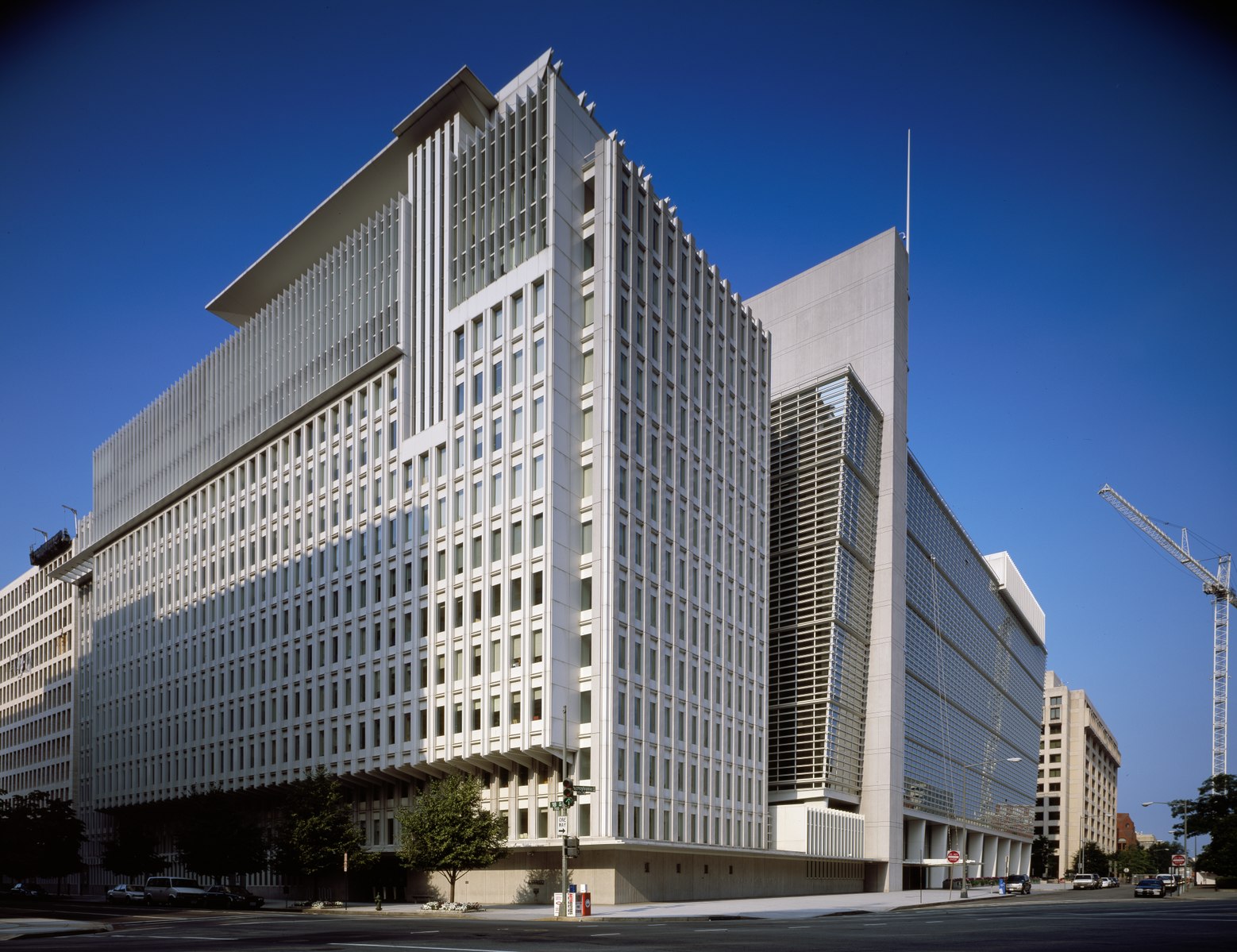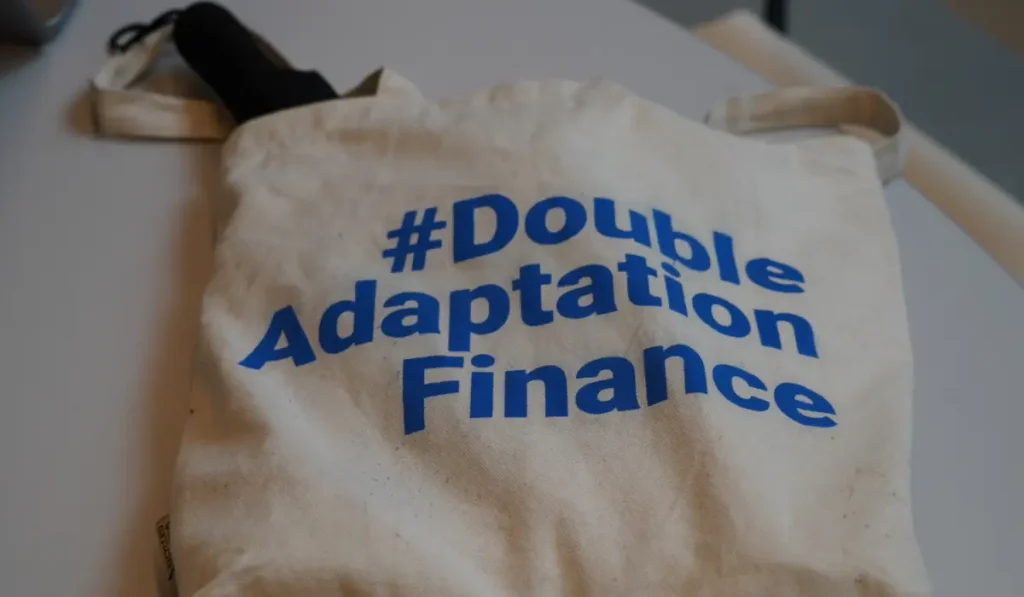This week the World Bank and IMF kick off their spring meetings in the context of global concerns over high inflation, heightened geopolitical tensions and financial instability. World leaders want the bank to do more to help poor countries respond to climate change, and in response, the Bank released an “Evolution Roadmap” in January this year to change its mission, operating model and financial capacity with a view to expanding its lending capacity. The Roadmap is to be debated amongst shareholders at this month’s meeting, and it is not without controversy. To date reviews have been mixed with some criticising the Roadmap for its overall lack of ambition, and a lack of sufficient analysis on the trade-offs between increased investment in global public goods versus domestic poverty efforts.
Major shareholders have also effectively approved some initial reforms, including agreements to let the bank lend more money, approximately $40 to $50 billion, over the next ten years, and attract more private investment. There is also a push for the bank to implement capital adequacy reforms, based on research by the G20 last year confirming that this would help multilateral development banks unlock hundreds of billions of dollars without affecting their long-term financial viability and without new capital injections. Whilst there is some confidence around the $40 billion, according to Sonia Dunlop at climate thinktank E3G, “what we’re really hoping for is implementation of key parts of the capital adequacy framework review as step one in a multi-step process where next we start thinking about fresh injections of capital into the World Bank and the other MDBs”.
The bank is already accelerating existing measures to respond to the climate crisis. In March, it reportedly issued guidelines to its staff on how it plans to ensure that its activities align with Paris Agreement targets. The guidelines will be put into operation on 1 July 2023. They require the bank to assess and only fund projects that are aligned with the Paris Agreement’s temperature goals. Moreover they support lending to climate-resilient infrastructure and development programmes that help countries cope with extreme weather events caused by climate change. According to Devex, the guidelines aim to take a multi-pronged approach to lending that better aligns lending with the agendas of national economies, while ensuring all bank projects assess and manage any risks. This means “support[ing] lower-carbon options whenever feasible and prevent[ing] carbon lock-in.” Similarly the bank must “ensure that risks from climate hazards have been assessed and reduced.” Although they represent an important evolution of internal review processes, the guidelines have been criticised by Recourse for not going far enough and for allowing room to fund some gas projects.
The position of developing countries on World Bank reforms is also, unsurprisingly, a mixed one. Many African countries have consistently called for reform of the global financial institutions, with Ken Ofori-Atta, Ghana’s Minister for Finance and Chair of the Vulnerable 20 Group (V20) recently highlighting that “major reforms to the world’s international financial architecture are urgently needed to prevent the escalating climate crisis from overwhelming the global economy.” He called for change in the areas of debt; the shifting of financial flows to serve climate goals; and the need to mainstream climate risks in institutional surveillance. At the same time, however, the Centre for Global Development has a highlighted understandable concerns by some developing countries, including many African states, that World Bank funding will be channelled away from development priorities like education and poverty alleviation towards climate change. Countries are concerned that instead of using funds for development and poverty alleviation in low income countries they will now flow to middle income countries to shut down their power plants. This underscores the need for climate finance to come from new and additional resources within the bank. Devex also reports a concern by developing countries that they will not be able to access climate resources and that the capital dedicated to climate change will flow to countries with more capacity to absorb it. There is also a debate about whether economies who are better financially placed to manage climate change should be entitled to concessional climate finance from the World Bank. Watching the UNFCCC negotiations, there also appears to be an emphasis by developed countries on unlocking climate finance within the World Bank and IMF, as a means to divert attention away from developed country commitments under the agreement.
The new president of the Bank (who is still due to be formally appointed), Ajay Banga, will have the unenviable task of managing these competing interests. He has warned he has no “magic wand” and will not be able to solve everything before the World Bank’s annual meetings in October.
In relation to the IMF, the debt destress of many countries remains high on the agenda. The use of debt for climate swaps as a means of alleviating the debt distress that many African and other developing countries face will undoubtedly also be on the agenda. At this week’s Spring Meetings there will be a “debt roundtable” between the IMF, World Bank, creditors, and debtors, to try agree on a way forward on the question of debt more generally.
Some, however, have raised eyebrows that climate change is not within the scope of the IMF’s mandate and that it is mission creep, notwithstanding multiple analyses that highlight the macroeconomic transition and physical risks that climate change represents to national economies and global fiscal stability. Underscoring the importance of integrating climate within the IMF’s operations, a new report by the Task Force on Climate, Development and the International Monetary Fund finds that the fund can do more when it comes to climate change integration. It found that the IMF’s multilateral surveillance activities have adopted a “one-size-fits-all” approach with carbon pricing as a panacea for climate action. It also finds that the fund’s bilateral surveillance failed to fully appreciate the macroeconomic implications of financing climate transitions in a financially stable manner. Lastly it concludes that the IMF lending toolkit lacks sufficient scale and places too much emphasis on short-term fiscal consolidation over long-run resource mobilization.
It is unlikely that anything major will come out of this week’s meetings but they present an important moment to revisit some of the reforms that are being called for and how these can be practically implemented, most notably through the World Bank’s Evolution Roadmap. The next important date will be the Paris Summit for a New Global Financial Pact in June, during which “means and ways of increasing financial solidarity with the South” will be under discussion.






